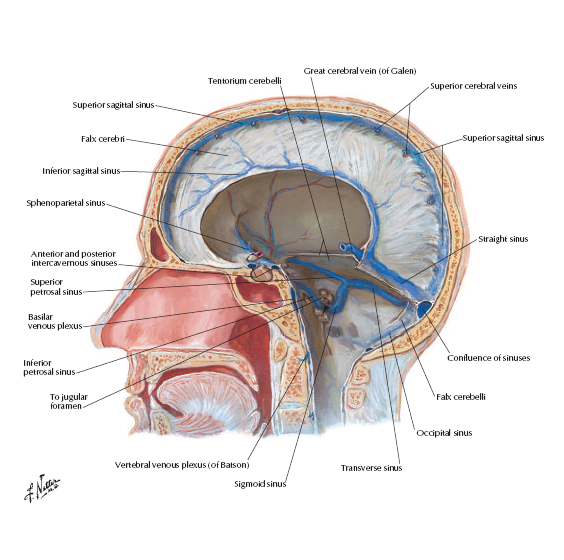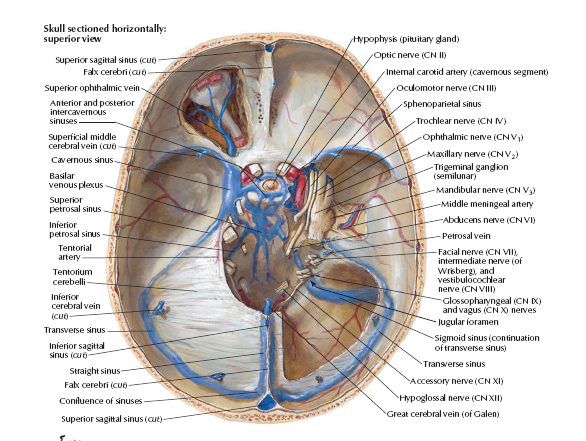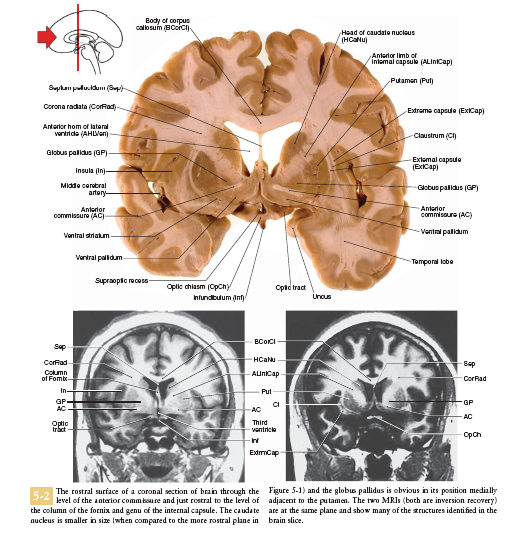KIDNEY WITH AORTA AND COMMON ILIAC ARTERY
The renal arteries are the only vascular supply to the kidneys. They arise from the lateral aspect of the abdominal aorta, typically at the level of the L1/L2 intervertebral disk, immediately inferior to the origin of the superior mesenteric artery. They are approximately 4 cm to 6 cm long, have a diameter of 5 mm to 6 mm, and run in a lateral and posterior course due to the position of the hilum. They run posterior to the renal vein and enter the renal hilum anterior to the renal pelvis.
FIBROUS SPLEEN
Introduction
The spleen is a significant organ of the hematologic and reticuloendothelial systems. It is an intraperitoneal organ located in the left upper quadrant of the abdomen posterior and lateral to the stomach.[1] The spleen is situated anatomically behind the 9 and 11 ribs on the left side of the body.
FETAL SPLEEN
Anatomical Position
The spleen is located in the upper left quadrant of the abdomen, under cover of the diaphragm and the ribcage – and therefore cannot normally be palpated on clinical examination (except when enlarged). It is an intraperitoneal organ, entirely surrounded by peritoneum (except at the splenic hilum).
56.LUNGS WITH BRONCHUS
The lungs are two large organs located within the chest cavity. They are responsible for exchanging oxygen and carbon dioxide between the body and the environment. Each lung is divided into several lobes, with the right lung having three lobes and the left lung having two lobes.
KIDNEY WITH URETER
Clinical Relevance: Congenital Abnormalities of the Kidneys
Pelvic Kidney
In utero, the kidneys develop in the pelvic region and ascend to the lumbar retroperitoneal area. Occasionally, one of the kidneys can fail to ascend and remains in the pelvis – usually at the level of the common iliac artery.
Horseshoe Kidney
A horseshoe kidney (also known as a cake kidney or fused kidney) is where the two developing kidneys fuse into a single horseshoe-shaped structure.
55.HEART
Clinical anatomy of the heart refers to the study of the heart and its surrounding structures as they relate to the diagnosis and treatment of heart conditions. Some important aspects of clinical anatomy of the heart include:
Coronary circulation: The heart is supplied with oxygen and nutrients by the coronary arteries, which branch off from the aorta. Blockages or narrowing of these arteries can lead to a heart attack.
FEMORAL ARTERY AND VEIN
In the Thigh and Gluteal Region
Femoral Artery
The main artery of the lower limb is the femoral artery. It is a continuation of the external iliac artery (terminal branch of the abdominal aorta). The external iliac becomes the femoral artery when it crosses under the inguinal ligament and enters the femoral triangle.
SPLEEN
Anatomical Position
The spleen is located in the upper left quadrant of the abdomen, under cover of the diaphragm and the ribcage – and therefore cannot normally be palpated on clinical examination (except when enlarged). It is an intraperitoneal organ, entirely surrounded by peritoneum (except at the splenic hilum).



